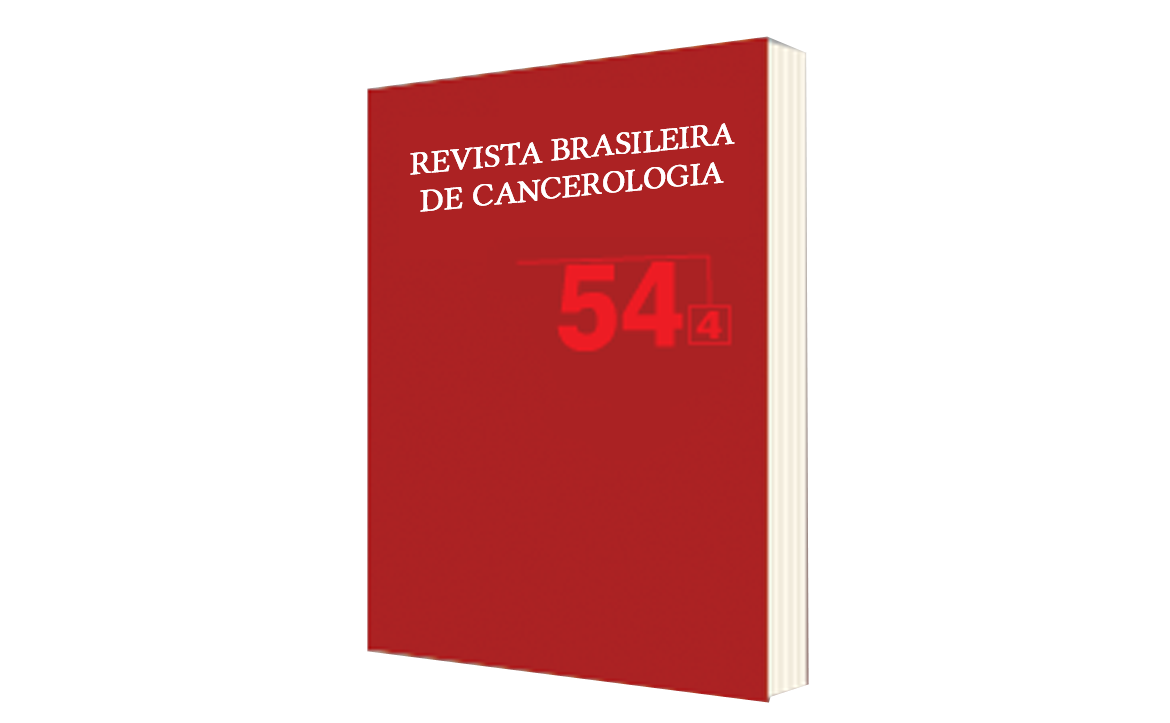Amitriptyline for Phantom-limb Pain Prevention
DOI:
https://doi.org/10.32635/2176-9745.RBC.2008v54n4.1688Keywords:
Pain, Phantom limb, Antidepressive agents, tricyclicAbstract
Phantom-limb pain is a common sequela of amputation. Its etiology is not well known yet. Central changes seem to be a major determinant of phantom-limb pain, however peripheral and psychological factors may contribute to it. Among all of pharmacological interventions, tricyclic antidepressants seem to be one of the treatments of choice, although there have been no controlled studies of these agents for the approach of phantom-limb pain. Besides, tricyclic antidepressants are worldwide used in the treatment of a great variety of pain syndromes, especially those which have neurophatic aspects. The purpose of this opinion article is to propose the use of the tricyclic antidepressants to the prevention of the phantom-limb pain phenomena.









